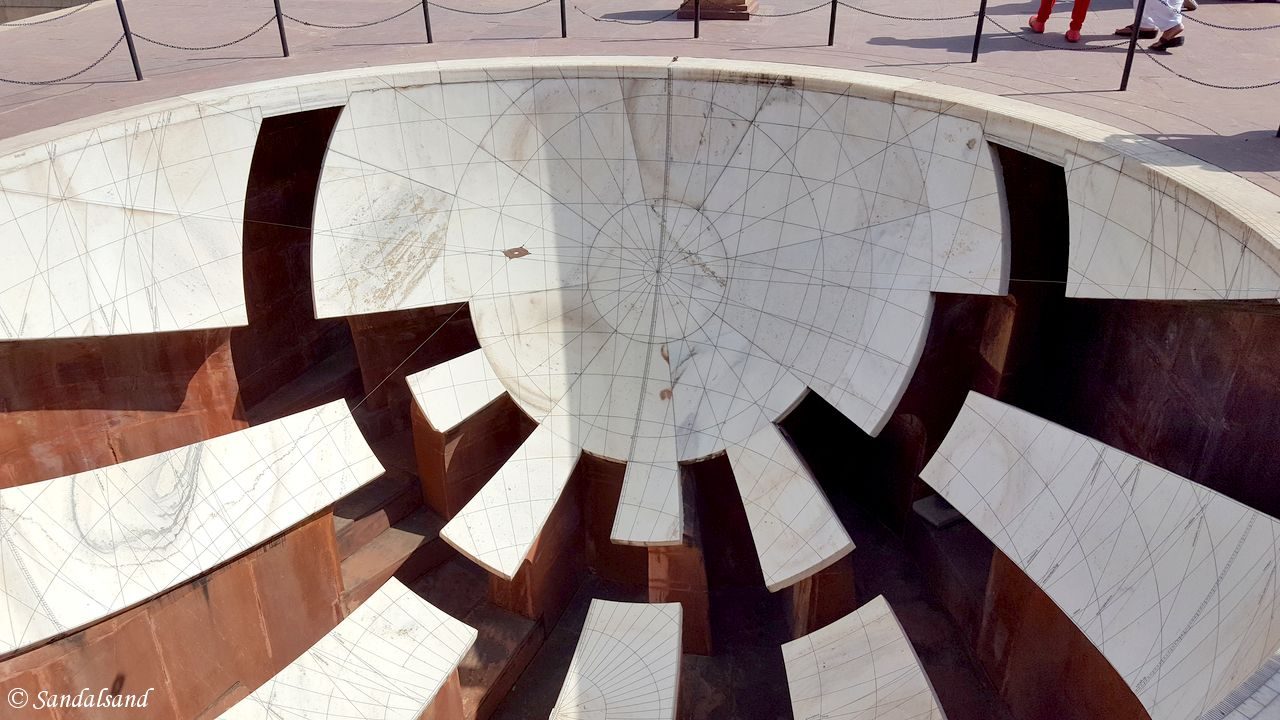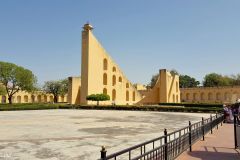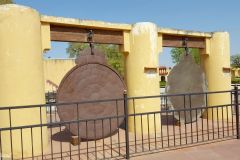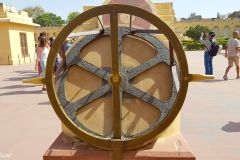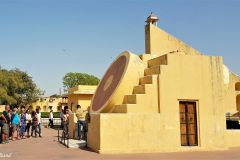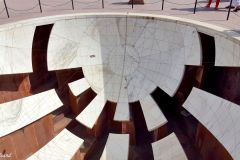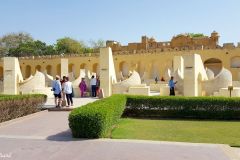The astronomical instruments at Jantar Mantar are impressive due to their 300 years of age. They are also very accurate in showing time and the movements of stars and planets.
The UNESCO World Heritage List includes more than a thousand properties with outstanding universal value. They are all part of the world’s cultural and natural heritage.
Official facts
- Full name of this site: The Jantar Mantar, Jaipur
- Country: India
- Date of Inscription: 2010
- Category: Cultural site
UNESCO’s World Heritage Centre’s short description of site no. 1338:
The Jantar Mantar, in Jaipur, is an astronomical observation site from the early 18th century. It includes a set of some 20 main fixed instruments. They are monumental examples in masonry of known instruments but which in many cases have specific characteristics of their own. Designed for the observation of astronomical positions with the naked eye, they embody several architectural and instrumental innovations. This is the most significant, most comprehensive, and the best preserved of India’s historic observatories. It is an expression of the astronomical skills and cosmological concepts of the court of a scholarly prince at the end of the Mughal period.
My visit
Maharajah Sawaii Jai Singh II of Jaipur led the construction of five astronomical observatories in northern India between 1724 and 1730. Four of them remain and the one in Jaipur is the most elaborate. The 19-20 highly varied structures in this site is kind of a modern sculpture park but have in fact different functions.
The world’s largest stone sundial shows the time with remarkable detail, other structures show the classical celestial coordinate systems (the horizon-zenith local system, the equatorial system and the ecliptic system). The masonry, the use of marble and metal all add to the fascination of wandering between the instruments, large and even larger.

